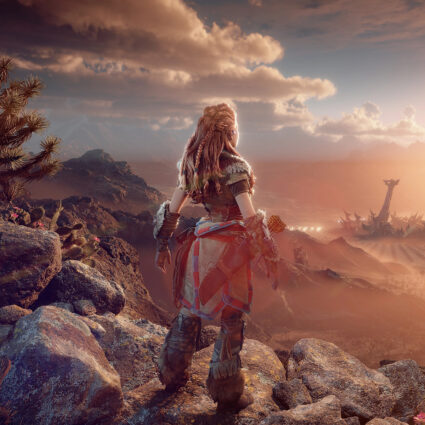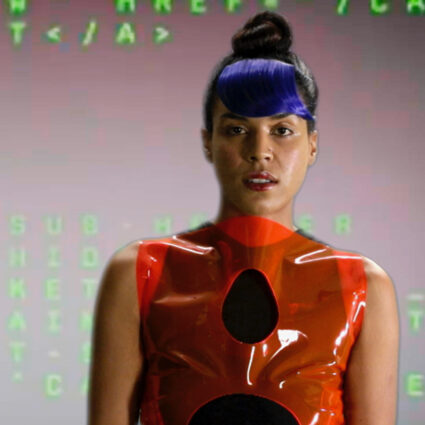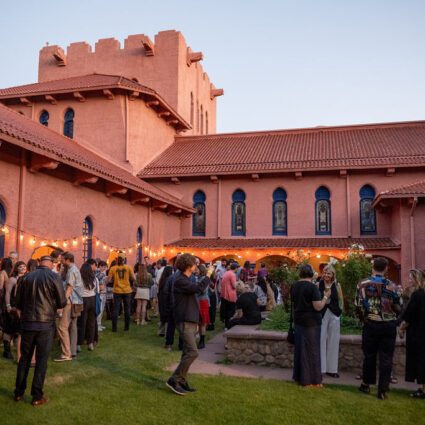While the Roswell Museum’s doors remain closed following the disastrous flood last year, support comes from the local community and statewide arts organizations.
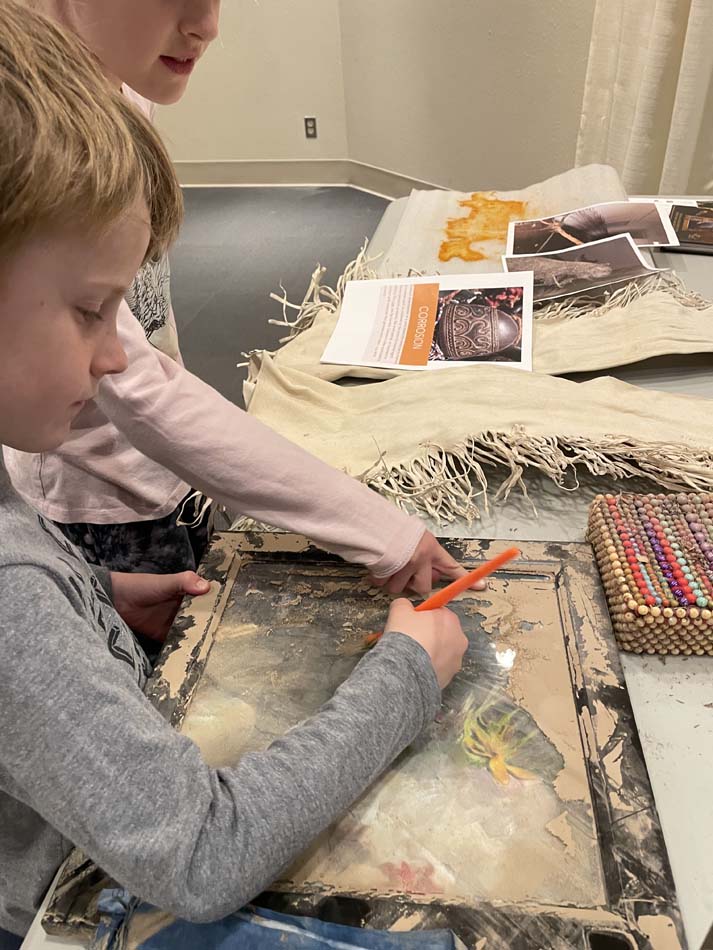
ROSWELL—At the Roswell Public Library on a recent Saturday morning, parents mingled while kids moved between three stations of tables, dutifully scrubbing tarnished pennies with salt and vinegar, “restoring” photocopies of paintings with colored pencil, and gluing broken toys back together.
A fourth station allowed kids to interact with affected textiles, leather, and other objects—all non-collection items that had been caught up in the disastrous flood of October 2024 that tore through Roswell, New Mexico, closing the Roswell Museum for the foreseeable future. My kids set about earnestly brushing a thin layer of dried mud from a framed artwork, donated to the museum’s holiday art sale, which was later found washed into an entirely different room of the museum by a flood that had submerged the museum’s galleries under nearly six feet of water in some parts.
While the museum remains closed, the Roswell Museum’s Second Saturdays family art activities—a mainstay of the museum’s programming—have moved to the downtown library. “It’s a little more hectic, planning-wise,” museum educator Jessica Parham says about the transition. Library staff have been “really supportive and understanding of the whole situation,” she says, but it’s not been easy to just pick up and start from scratch. “All the little things that you just accumulate over the years [are] gone, so that’s one of the big challenges,” she says.
In addition to the Roswell Museum’s galleries dedicated to rotating exhibitions and the museum’s collection of art and historical objects, the now-closed site held the city’s planetarium as well as an art education center, with three classrooms, an auditorium, research library, darkroom, and ceramics studio.
Roswell’s Bone Springs Art Space has partnered with the museum to offer some classes and open studio space in a bid to fill part of the gap left by the closure. Miranda Howe of Bone Springs has tried to honor the museum’s existing schedule as much as possible—bringing on artists Tasia Ramage and Michael Beitz to teach classes they had been scheduled to teach at the Roswell Museum, and offering some open studio time for the museum’s ceramics students—but within a much smaller space, with room for only one class at a time. “They’re very grateful to have a place to come and work,” Howe says of the community members who relied on the museum for social connection as well as their creative processes. “It’s been a very natural role for me to step into to kind of help support that,” Howe says.
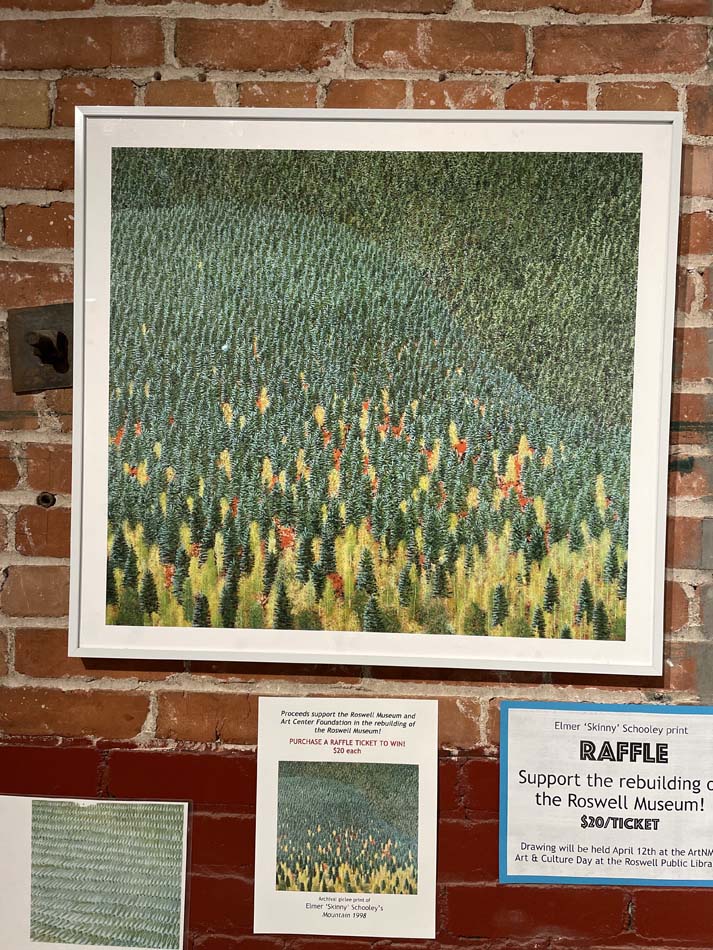
The Anderson Museum of Contemporary Art offered to host the Roswell Artists-in-Residence solo exhibitions, previously all held at the Roswell Museum, in a gallery space they had recently dedicated for rotating exhibitions of RAiR alumni. Their inaugural alumni show of Jerry West paintings closed several months early to make room for the current RAiR artists. “We were happy to jump in and do what we could, and it was an obvious choice for us to make,” remarks AMoCA director Tonee Harbert.
The RAiR solo exhibitions account for only a portion of the Roswell Museum’s exhibition programming, however. Roswell Museum curator Aaron Wilder had the unpleasant task of canceling a whole slate of scheduled exhibitions—some of which had been years in the making—including a show of New Mexico artists from the Santa Fe Art Institute, a show of R.C. Gorman (Diné/Navajo) lithographs, and a Harry Nadler exhibition that had been in the works since before Wilder’s tenure at the museum began in 2021.
We want people to remember not only that we’re here, but that the museum’s collection is their collection.
A show of daguerreotypes by San Francisco–based artist Binh Danh alongside works from the museum’s collection—which would have been an experiment in bringing in a national artist to activate the collection—also had to be scrapped.
“I was super disappointed that we had to cancel that,” Wilder says. “Well, super disappointed about all of these things being canceled.”
While cataloguing and assessing the condition of the thousands of works in temporary storage in Roswell, Wilder has resumed a regular column in the newspaper focused on some of those individual artworks.

“We want people to remember not only that we’re here, but… that the museum’s collection is their collection,” Wilder says.
Other initiatives may be in the pipeline—virtual exhibitions, a documentary about the flood, pop-up exhibitions—but are on hold for now. The City’s priority remains focused on the completion of the inventory process and condition assessments, conservation of collection objects, and, as capacity allows, outreach through the museum’s Second Saturdays community art events and public talks.
“There is much yet to be decided as funding and resources are limited, the City’s needs are great, and the recovery process is slow,” Wilder says. Due to the magnitude of the incident, the mood among staff is one of uncertainty—both in terms of the museum’s facility and staffing. City manager Chad Cole reports, however, that “there are no plans to layoff staff […] There’s plenty of work that needs to be done in order to recover the City from this particular disaster.” Meanwhile, in national news, FEMA funds have been frozen by executive order, with talk about the possible dissolution of the federal agency adding to concerns for the flood-stricken community.
Art brings everybody together. And a lot of times out of adversity, people will come up with things. Especially… in smaller towns, you have to be self-reliant.
“That was such a devastating thing to happen there,” says Mary Lyle, treasurer of arts advocacy nonprofit Creative New Mexico, about the flood. Lyle, who is based in Rio Rancho, is the current chair of Creative New Mexico’s Art NM! event, which will engage small towns throughout the state in the month of April, highlighting creative economies from Gallup to Carlsbad.
On April 12, the Roswell Museum’s next Second Saturday program links up with Art NM!, with expanded offerings from other creative groups and local arts organizations, including AMoCA, the Historical Society, the Miniatures and Curious Collections Museum, the Pecos Valley Iris Society, and the Pecos Valley Quilters.
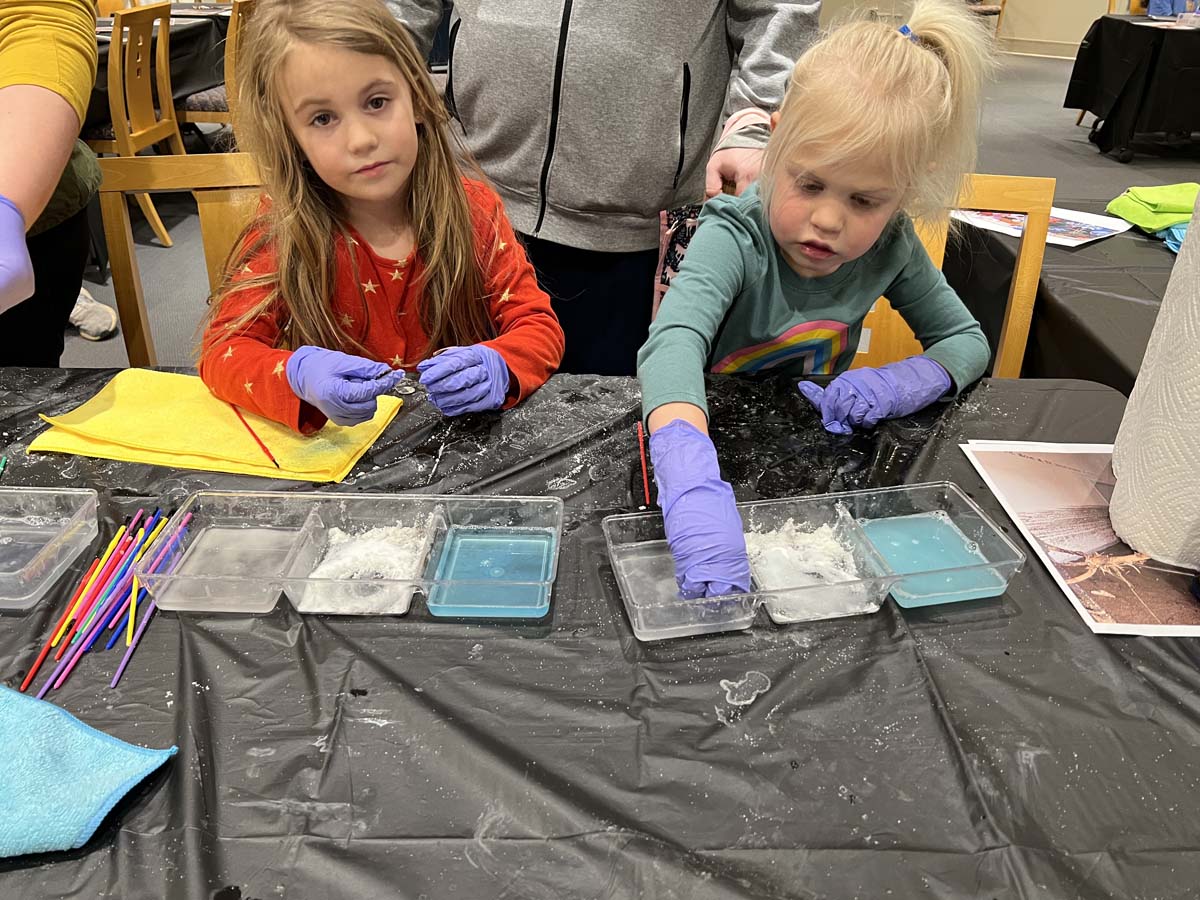
The themes bringing together all of the Art NM! events across the state relate directly to Roswell and the flood aftermath: “Art Unites” and “Resilience and Recovery.” At all locations, visitors will be able to donate to the Roswell Museum recovery.
“Art brings everybody together,” Lyle says. “And a lot of times out of adversity, people will come up with things. Especially… in smaller towns, you have to be self-reliant.”
Parham is busy developing more family-friendly, hands-on activities that relate to the theme of resilience and recovery for the April 12 gathering. She aims to simulate methods of art restoration, to foster a deeper and more tactile understanding among the audience of what goes into the process.
“What that stems from is all the questions that we get every day out in the wild, from people that just don’t really have any concept,” Parham says. “You know, they haven’t been able to go into the museum to see what it looked like. Pictures tell a bit of the story, but it’s kind of hard to fully grasp the depths of damage.”
While the museum is currently out of reach, this hands-on approach will hopefully allow the community members of Roswell to still connect with their city’s art collection. “You need to kind of touch and feel to… get a better understanding of things,” Parham says, “[to] have an idea of what it’s going to take to bring everything back.”
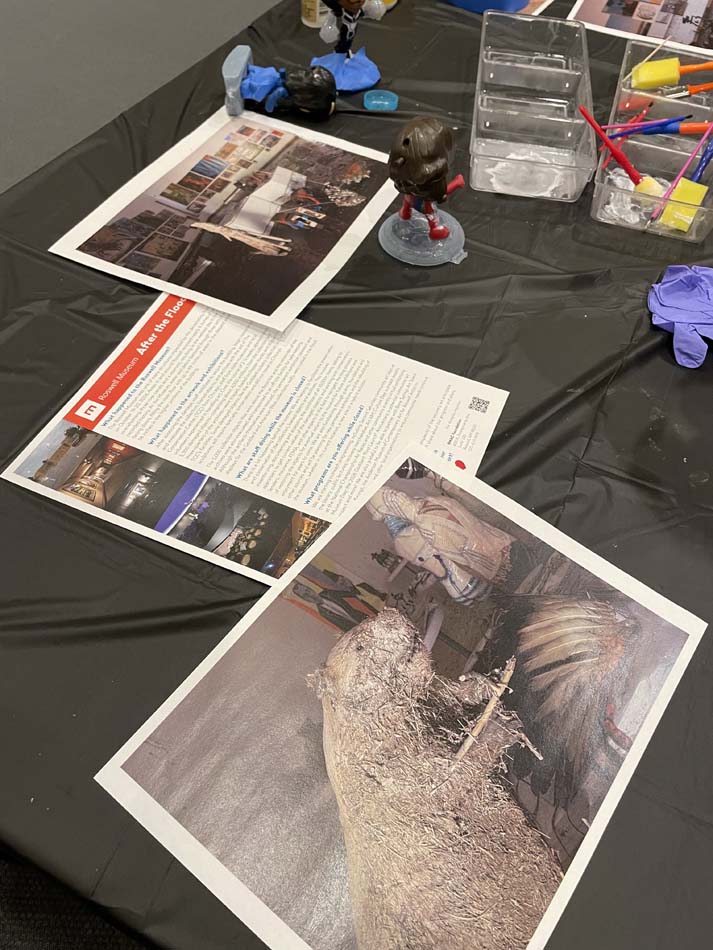
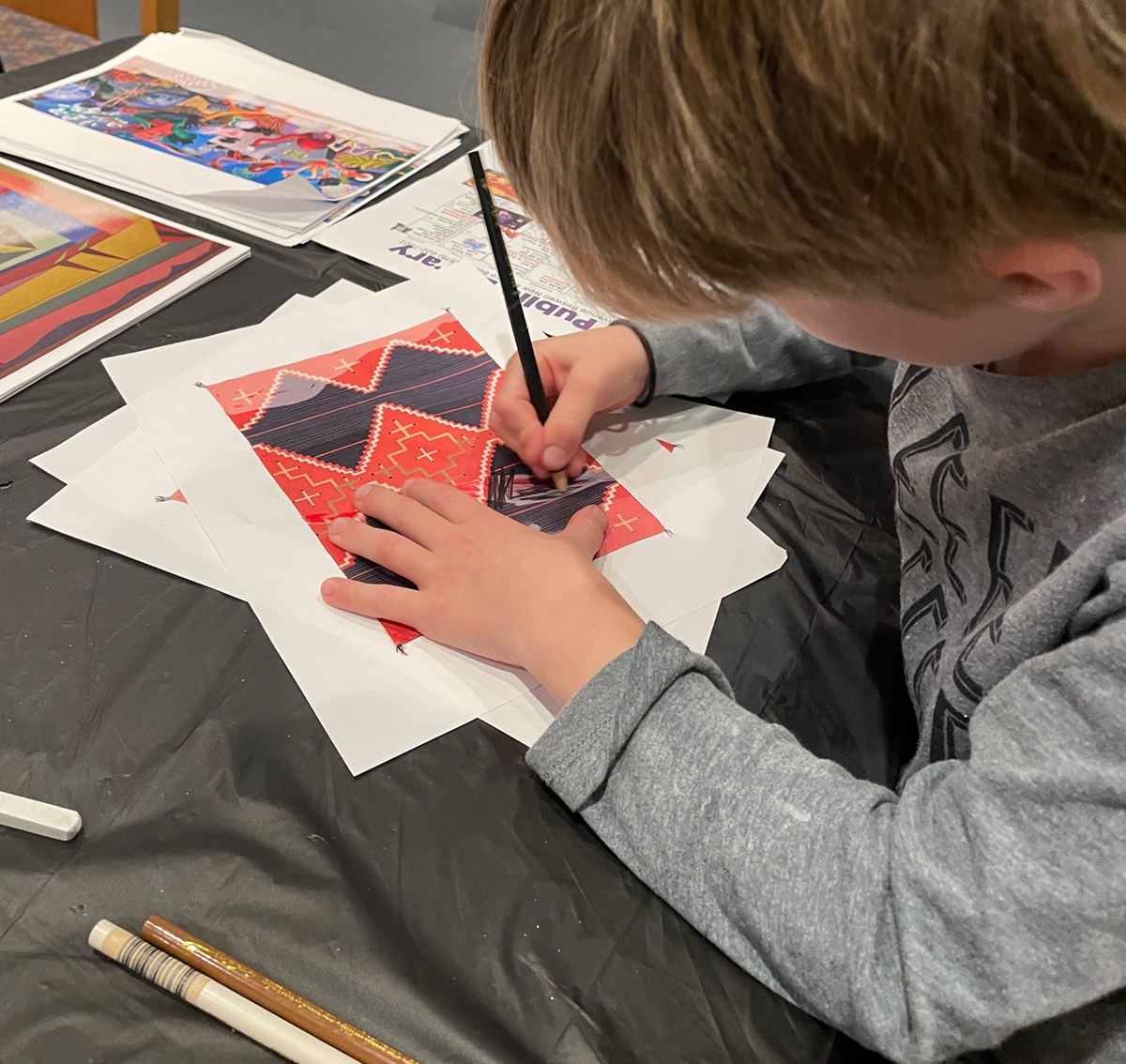
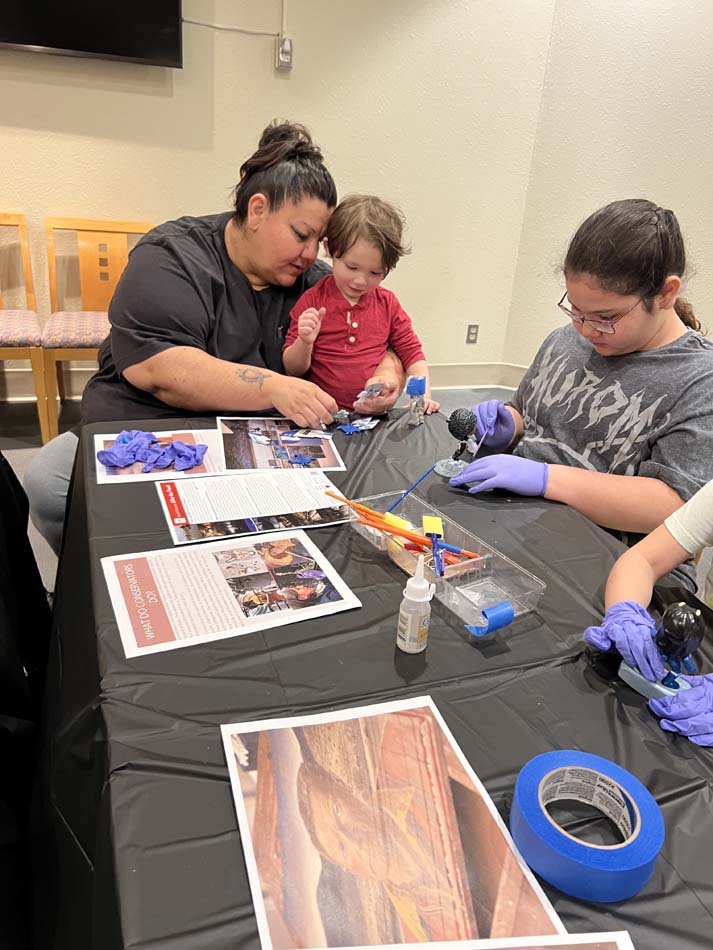
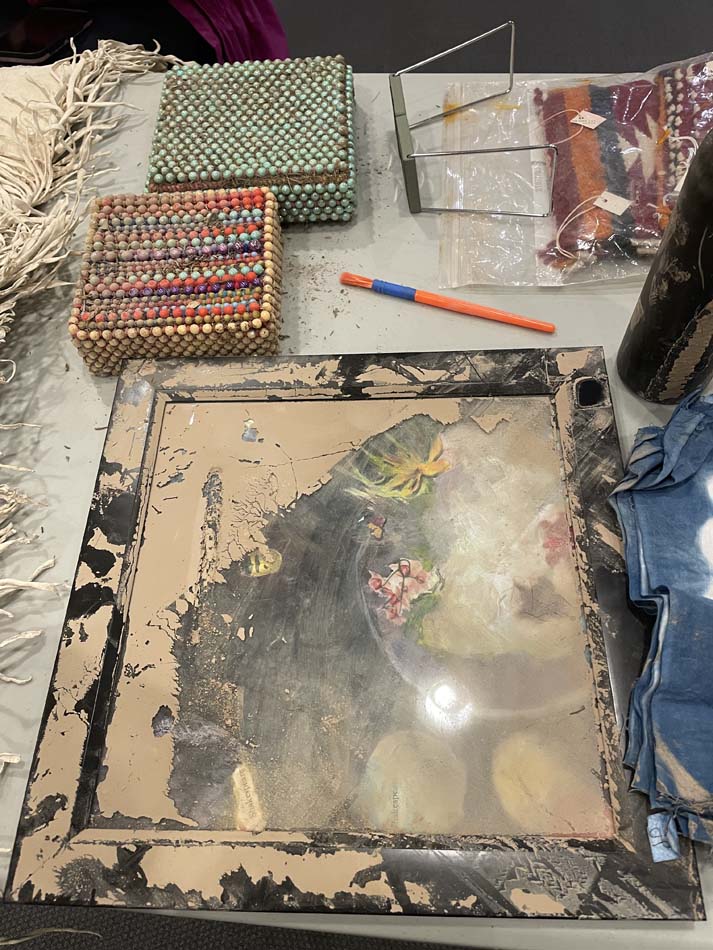
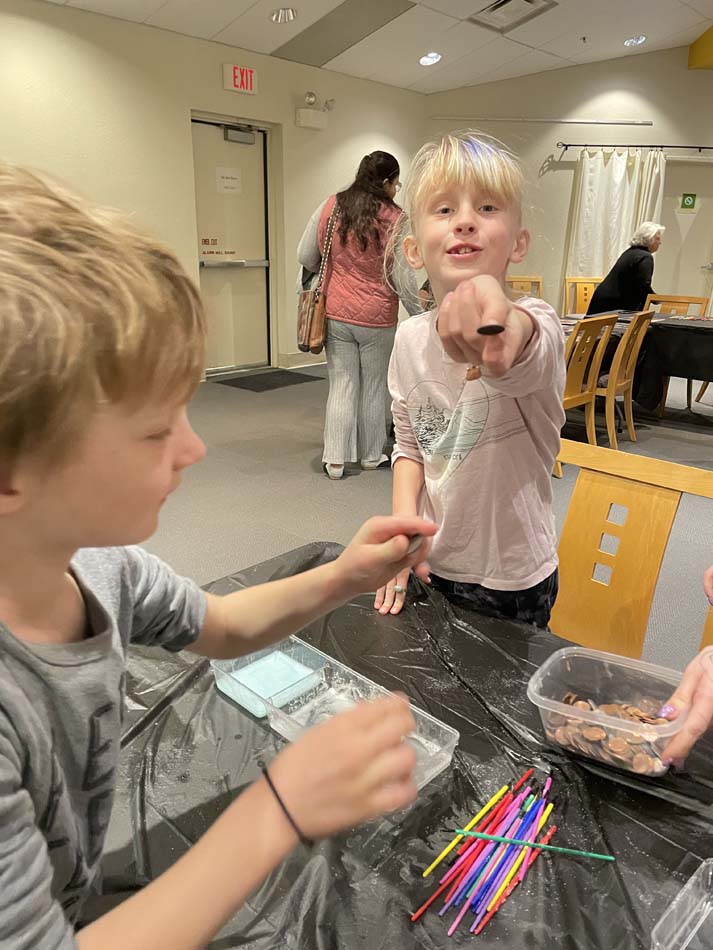
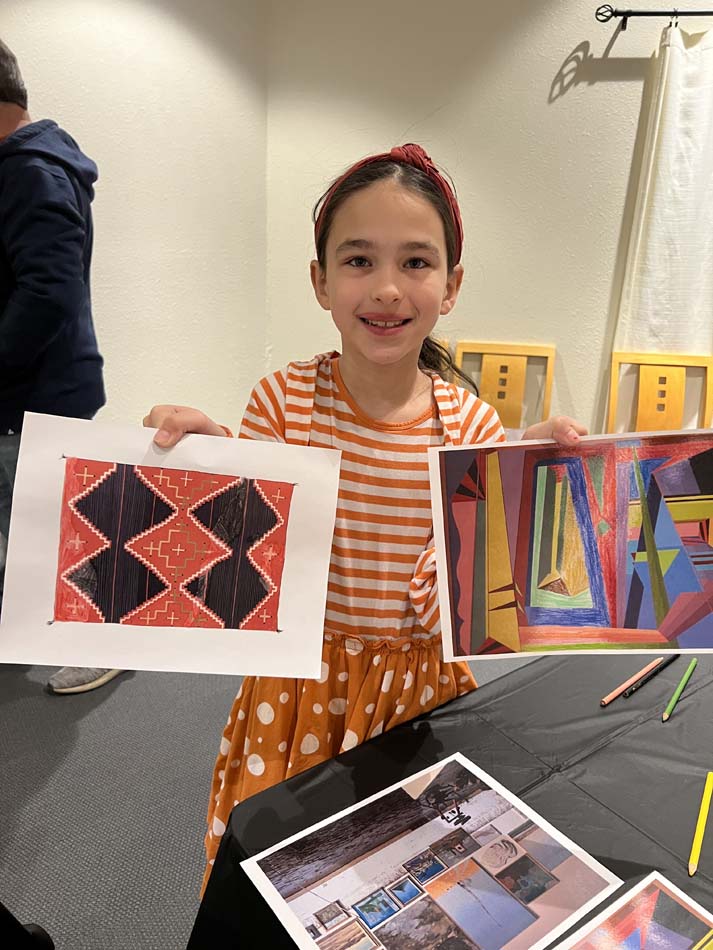
Correction 04/10/2025: An earlier version of this article did not include a quote that provided more context about the uncertainty around the museum. It has now been amended to include that information.
